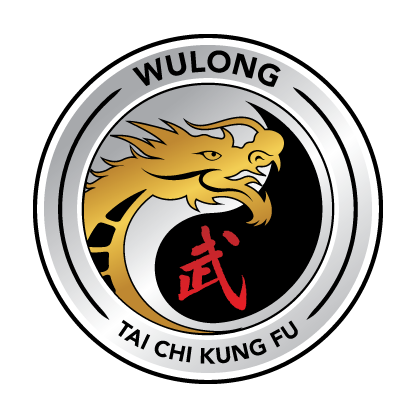Taichi and Qigong are effective in relieving long-term chronic pain, physical dysfunction, decreased ability to participate in society and decreased quality of life in musculoskeletal diseases.
Taichi has been practiced in China for centuries. At present, Taichi has about 150 million practitioners in more than 150 countries and regions around the world. And there is a large body of evidence on the health effects of Taichi, with more than 500 articles and 120 systematic reviews of the health benefits of Taichi published. More recent studies are including the benefits of Qigong practice such as Ba Duan Jin and Yi Jing Jin.
In 2023 Shanghai University of Traditional Chinese Medicine reviewed studies of the effects of taichi and qigong on musculoskeletal diseases published since 2000. Studies show that Taichi is beneficial for the medical management of musculoskeletal disorders such as neck pain, low back pain, knee osteoarthritis, rheumatoid arthritis and Fibromyalgia plus others.
In early studies, researchers focused on the therapeutic effects of Tai Chi on knee arthritis, fibromyalgia and other diseases. In 2000, Yocum suggested that Tai Chi might relieve pain and stress in rheumatoid arthritis patients, based on the link between stress and neuronal immune function (Yocum et al., 2000). The hypothesis that Chinese traditional exercises can alleviate musculoskeletal diseases was put forward. In 2003, Song conducted a randomized controlled trial study to explore the effects of Tai Chi on pain, balance, muscle strength in elderly women with osteoarthritis (Song et al., 2003). According to Astin’s research, mindfulness meditation combined with Qigong can alleviate pain and depression in patients with fibromyalgia. Astin et al. (2003) randomized controlled trial will provides high-level evidence for the effectiveness of traditional Chinese exercises for musculoskeletal disorders. In 2010, Wang CC published “A Randomized Trial of Tai Chi for Fibromyalgia” in The New England Journal of Medicine, a top medical journal, confirmed the therapeutic effect of Tai Chi on patients with fibromyalgia (Wang et al., 2010). This is the first article on traditional Chinese exercises published in the top journal in the medical field. An’s research in 2013 found that 1-year baduanjin is an effective and safe exercise method for the treatment of knee osteoarthritis (An et al., 2013). In 2011, Hall found that 10 weeks of Tai Chi practice improved pain and disability outcomes in patients with low back pain (Hall et al., 2011). In 2016, Lauche Romy’s study showed that 12 weeks of Tai Chi and traditional neck exercises were effective in improving neck pain and quality of life (Lauche et al., 2016). In 2022, Kong published an article in Frontiers in Aging Neuroscience, which showed that traditional Chinese exercises significantly improved neck pain and Baduanjin was the most effective (Kong et al., 2022). In recent years, there has also been a Chinese randomized controlled trial protocol on the intervention of neck pain with traditional exercise (Cheng et al., 2021).
https://www.frontiersin.org/articles/10.3389/fnins.2023.1096789/full
If you are looking for a taichi program to maintain your musculoskeletal health, try a Wulong class today. Click here to see all our class locations and timings.

